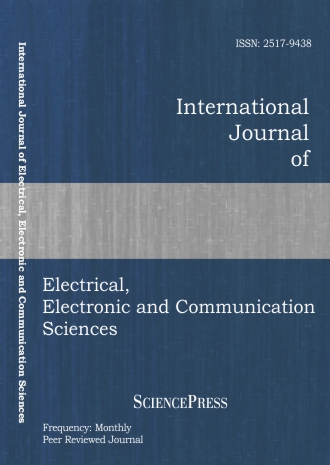
Scholarly
Volume:2, Issue: 2, 2008 Page No: 232 - 237
International Journal of Electrical, Electronic and Communication Sciences
ISSN: 2517-9438
1192 Downloads
Inverse Problem Methodology for the Measurement of the Electromagnetic Parameters Using MLP Neural Network
This paper presents an approach which is based on the use of supervised feed forward neural network, namely multilayer perceptron (MLP) neural network and finite element method (FEM) to solve the inverse problem of parameters identification. The approach is used to identify unknown parameters of ferromagnetic materials. The methodology used in this study consists in the simulation of a large number of parameters in a material under test, using the finite element method (FEM). Both variations in relative magnetic permeability and electrical conductivity of the material under test are considered. Then, the obtained results are used to generate a set of vectors for the training of MLP neural network. Finally, the obtained neural network is used to evaluate a group of new materials, simulated by the FEM, but not belonging to the original dataset. Noisy data, added to the probe measurements is used to enhance the robustness of the method. The reached results demonstrate the efficiency of the proposed approach, and encourage future works on this subject.
Authors:
References:
[1] P. Ramuhalli, Neural network based iterative algorithms for solving